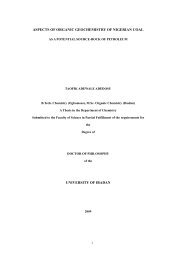View/Open - TWAS & OWSD Thesis Repository Home
View/Open - TWAS & OWSD Thesis Repository Home
View/Open - TWAS & OWSD Thesis Repository Home
Create successful ePaper yourself
Turn your PDF publications into a flip-book with our unique Google optimized e-Paper software.
that, in susceptible vertebrate cells, prM protein is further cleaved by host cellproteases late in infection to produce the nonglycosylated M protein found in themature virion. However, in mosquito cells, this cleavage is much less efficient ordoes not occur during virus assembly (Murray et. al., 1993). For dengue, severalstudies of cloned or cell culture-passaged wild and attenuated viruses showed thatdifferent sites of nucleotide and amino acid changes are associated with virulence(Mangada and Igarashi, 1997; 1998). Infection with one dengue virus serotype doesnot provide protective immunity against others, and sequential (heterotypic)infection has been shown to increase virus replication and thus the probability ofdeveloping DHF by a process known as antibody-dependent enhancement (ADE)(Halstead 1970; Kliks et al., 1989). Host immune factors such as cytokines,interferon and activated complement have been suggested to increase the capillarypermeability, the hallmark of DHF (Kurane et al., 1994). Other subsequent eventssuggest the importance of viral factors in the establishment of DHF (Leitmeyer etal., 1999). For example, despite the eo - circulation of several dengue serotypes inthe Americas, it was not until the Cuban epidemics of 1981 that the first DHF casesoccurred. This incidence coincided with the introduction of a new genetic type ofdengue virus DEN-2 (Rico-Hesse, 1990). Armstrong and Rico-Hesse, (2001) alsosuggested that variants within serotype or genotypes, differ in their potential to causeDHF. Another report revealed that within each of the four-dengue virus serotypes,phylogenetic studies have identified genetic subtypes that differ in nucleotidesequence by up to 12% in the envelope gene, which determines most antigeniccharacteristics of the virus (Lewis et al., 1993). DEN-l virus comprises five knownsubtypes [I-V, (Rico-Hesse, 1990)], and DEN-2 virus comprises six, although DEN2 virus subtype 111 has been further di vided into sublineages 111a and 111b (Lewiset al., 1993). DEN-3 and DEN-4 viruses are classed into four and two differentsubtypes, respectively (Lanciotti et. al., 1997). Phylogenetic studies demonstrateddifferent genetic types of DEN-2; the "native" American genotype has beenassociated thus far with the mild disease (DF), while the introduced Southeast Asiangenotype coincided with the appearance of DHF in four different countries. (Rico- ,Hesse, et al.,1997). Another supporting example came from epidemiological studiesin Peru, where over a period of four years (1993 to 1997), active surveillance for DFcases revealed that, inspite of secondary infection rates up to 75%, no DHF cases21




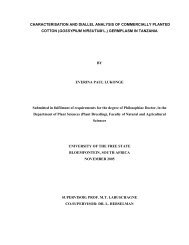

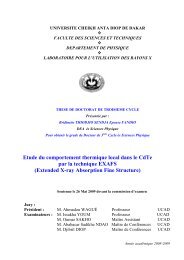
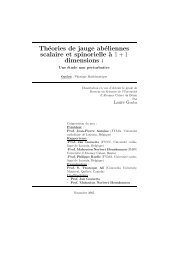
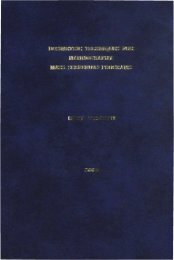

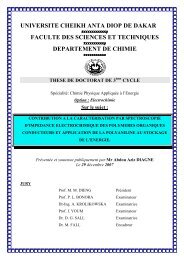
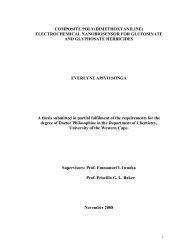


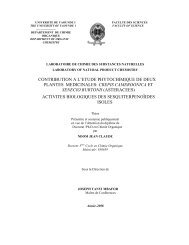
![SYNTHESIS AND ANTI-HIV ACTIVITY OF [d4U]-SPACER-[HI-236 ...](https://img.yumpu.com/30883288/1/190x245/synthesis-and-anti-hiv-activity-of-d4u-spacer-hi-236-.jpg?quality=85)
